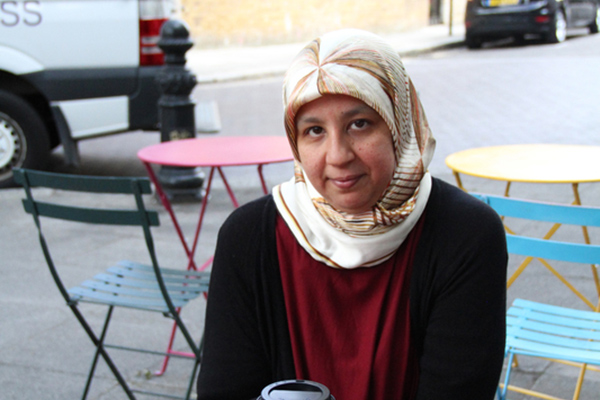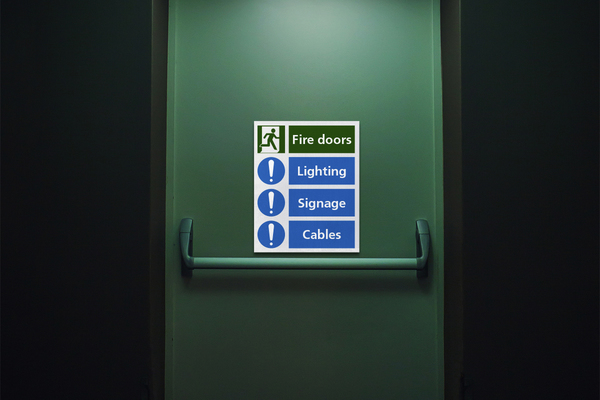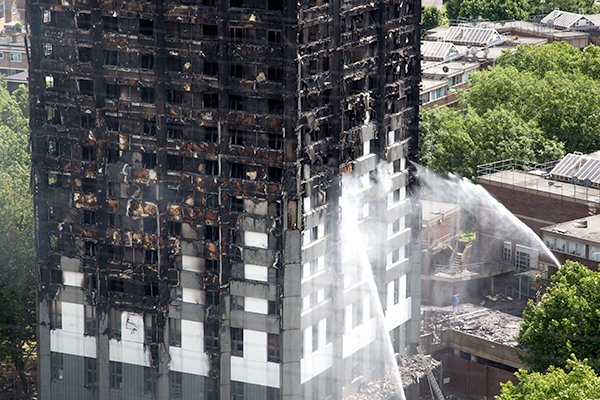You are viewing 1 of your 1 free articles
Cigarettes cause majority of deadly council housing fires
Cigarettes were the most common cause of deadly fires in council housing in the seven years preceding the Grenfell Tower fire, exclusive Inside Housing research has revealed.
Freedom of Information Act requests to every stock-retaining local authority in the UK revealed 27 tenant deaths in fires were recorded between 2010/11 and 2016/17.
Of these, lit cigarettes and cigarette lighters accounted for 12 of the deaths – by far the most frequent cause of fatality.
The most devastating fire killed a toddler and two teenagers in an East Devon District Council home in 2013. It was started by a child playing with a cigarette lighter.
The data, from 110 stock owning councils, showed faulty appliances accounted for just one death during the period, while pan fires caused two deaths and another was caused by embers falling from an open fireplace. Two of the fatal blazes were started deliberately as acts of suicide.
During the period, at least two coroners’ inquests recommended fitting sprinklers to prevent the deaths of tenants in social housing fires started by cigarettes.
Inside Housing’s Never Again campaign calls for the retrofitting of sprinklers in high rise buildings to prevent fire deaths.
Following the death of Emma Waring, a vulnerable 23-year-old who was killed in a cigarette fire at a Rochdale Boroughwide Housing property in March 2015, the coroner wrote to the Department for Communities and Local Government (DCLG) recommending “compulsory inclusion” of sprinklers in new homes for vulnerable people.
No response from the DCLG is listed on the government website.
In April 2014, the coroner investigating the death of Amanda Richards, a disabled tenant of Whitefriars Housing, said sprinklers should be considered “in special accommodation”.
A spokesperson for WM Housing, the parent organisation of Whitefriars, said: “Ms Richards’ case was a complex one where she received care from an external agency in her home, a general needs bungalow.
“Following her tragic death, we supported the coroner’s recommendations and committed to fitting individual property fire suppressions systems, usually stand alone, if we received specialist recommendations to do so.
“We would expect to receive such recommendations on a case by case basis through our partnership working with other agencies. This remains our position today.”
Fire safety in social housing has been thrown into the spotlight in recent months due to the Grenfell Tower disaster – started by a faulty fridge-freezer – which killed at least 80 people.
While cooking equipment cause the largest number of all household fires, cigarettes are particularly deadly due to the danger posed by falling asleep smoking or with a smouldering cigarette.
The 27 deaths took place across 16 local authorities. Two of these – Bassetlaw and Welwyn Hatfield – said sprinklers or misters were installed in the homes of vulnerable tenants.
Never Again campaign
In the days following the Grenfell Tower fire on 14 June 2017, Inside Housing launched the Never Again campaign to call for immediate action to implement the learning from the Lakanal House fire, and a commitment to act – without delay – on learning from the Grenfell Tower tragedy as it becomes available.
One year on, we have extended the campaign asks in the light of information that has emerged since.
Here are our updated asks:
GOVERNMENT
- Act on the recommendations from Dame Judith Hackitt’s review of building regulations to tower blocks of 18m and higher. Commit to producing a timetable for implementation by autumn 2018, setting out how recommendations that don’t require legislative change can be taken forward without delay
- Follow through on commitments to fully ban combustible materials on high-rise buildings
- Unequivocally ban desktop studies
- Review recommendations and advice given to ministers after the Lakanal House fire and implement necessary changes
- Publish details of all tower blocks with dangerous cladding, insulation and/or external panels and commit to a timeline for remedial works. Provide necessary guidance to landlords to ensure that removal work can begin on all affected private and social residential blocks by the end of 2018. Complete quarterly follow-up checks to ensure that remedial work is completed to the required standard. Checks should not cease until all work is completed.
- Stand by the prime minister’s commitment to fully fund the removal of dangerous cladding
- Fund the retrofitting of sprinkler systems in all tower blocks across the UK (except where there are specific structural reasons not to do so)
- Explore options for requiring remedial works on affected private sector residential tower blocks
LOCAL GOVERNMENT
- Take immediate action to identify privately owned residential tower blocks so that cladding and external panels can be checked
LANDLORDS
- Publish details of the combinations of insulations and cladding materials for all high rise blocks
- Commit to ensuring that removal work begins on all blocks with dangerous materials by the end of 2018 upon receipt of guidance from government
- Publish current fire risk assessments for all high rise blocks (the Information Commissioner has required councils to publish and recommended that housing associations should do the same). Work with peers to share learning from assessments and improve and clarify the risk assessment model.
- Commit to renewing assessments annually and after major repair or cladding work is carried out. Ensure assessments consider the external features of blocks. Always use an appropriate, qualified expert to conduct assessments.
- Review and update evacuation policies and ‘stay put’ advice in the light of risk assessments, and communicate clearly to residents
- Adopt Dame Judith Hackitt’s recommended approach for listening to and addressing tenants’ concerns, with immediate effect
CURRENT SIGNATORIES:
- Chartered Institute of Housing
- G15
- National Federation of ALMOs
- National Housing Federation
- Placeshapers










